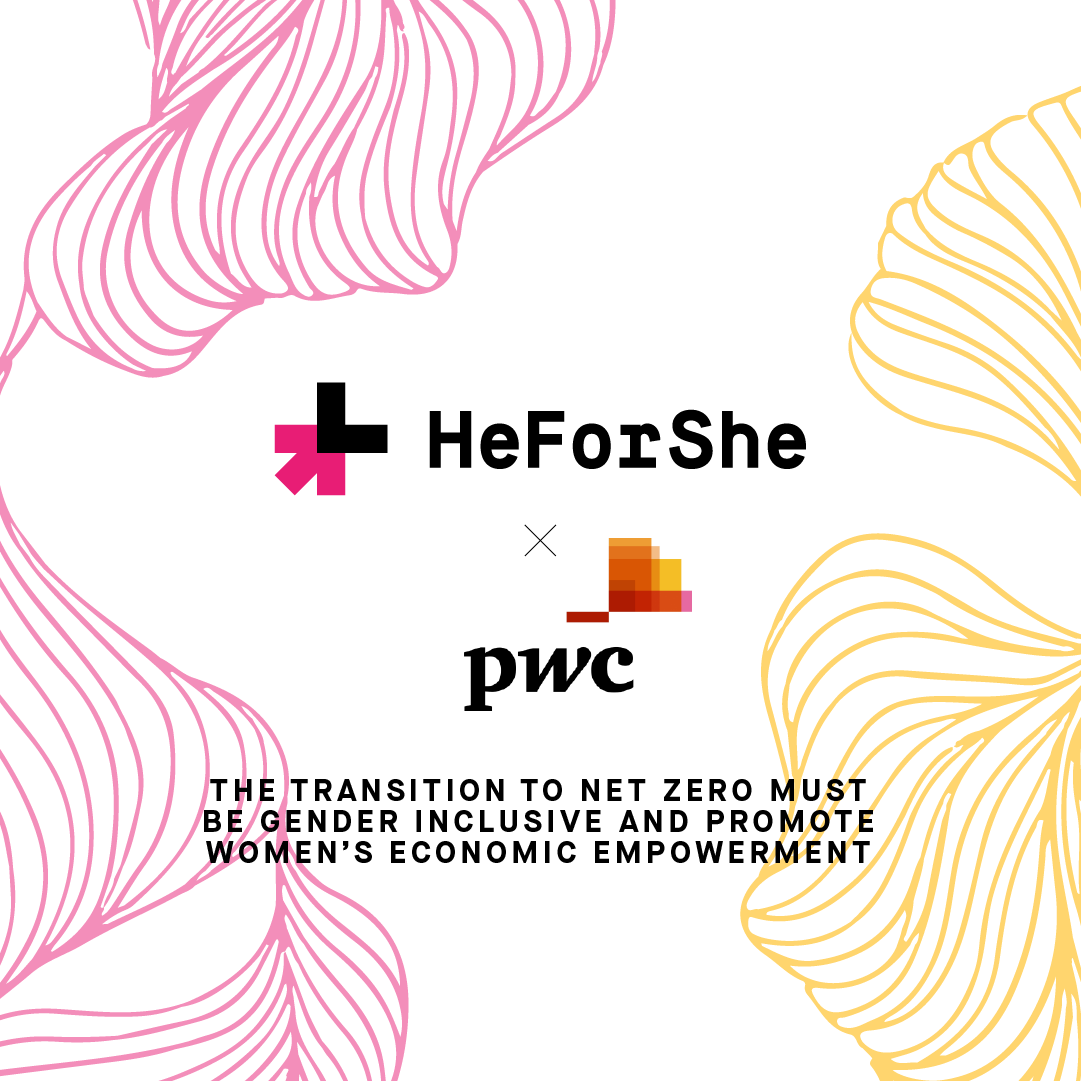Join the Conversation
Check out the latest and spread the word.
Stay updated via social media

This year marks the 10th anniversary of PwC’s Women in Work Index, released annually to align with International Women’s Day (IWD). As labour markets show signs of a return to status quo, and the global economy begins to emerge from one of the largest shocks in recent history caused by the COVID-19 pandemic, we must focus on building a greener and more inclusive future. Climate change continues to be one of the most significant forces shaping future workforces. As the world responds, what will the net-zero transition mean for women’s economic empowerment at a time where gender gaps in both employment and pay continue to persist?
In line with the UN Women's 2022 IWD theme, ‘Gender equality today for a sustainable tomorrow’, this year’s Women in Work report explores the employment impacts of the transition to a net-zero economy through a gender lens. As expected, without targeted support, there is the potential for some to gain more than others from this transition. While there will be an increase in demand for the skills of wind turbine engineers and solar panel technicians, for example, workers in areas such as mining and quarrying could find their skills becoming obsolete.
The good news is that overall, a transition to net zero will see an increase in total employment across the Organisation for Economic Co-operation and Development (OECD).1 However, looking at the transition from the perspective of the energy sector (which is expected to undergo huge transformation over the next decade), we find that the net job gains will be concentrated in a small number of sectors: utilities, construction and manufacturing.2 This means that both the sector and the occupation in which individuals are currently employed is likely to play a pivotal role in determining access to these new green jobs.
Our analysis reveals that men are currently significantly better placed than women to take advantage of the new job opportunities arising from the transition. The sectors expected to experience maximum jobs growth are all heavily male-dominated (for instance, 89% of the workers in construction across the OECD are men). These sectors also account for a much larger proportion of the total male workforce than female workforce - utilities, construction and manufacturing employ nearly 31% of the OECD’s male workforce, but only 11% of its female workforce. This means that new job opportunities in these sectors will reach men much more easily than women. Our ongoing analysis on the occupational impacts of this transition also suggests a similar story: the occupations expected to see largest net job gains are all heavily male-dominated.
So without any intervention, job opportunities created by the net-zero transition will not be spread evenly between men and women. This risks further widening existing gender inequalities in the labour market. For instance, we estimate that the gender employment gap (the difference between the number of men and women employed) across the OECD will widen by 2030 as a result of the net-zero transition.

How then do we avoid worsening inequalities and instead ensure that the transition to a net zero economy is gender inclusive and promotes women’s economic empowerment?
Governments and businesses first need to embed gender and equality impact assessments into all policies and strategies to understand and to inform steps to mitigate potential inequalities. Action must also be taken to support women to gain the relevant skills to participate in green jobs. This includes encouraging the uptake of STEM (Science, Technology, Engineering and Mathematics) subjects and providing funding for professional development training for women, such as paid educational leave. More generally, efforts to advance more inclusive work environments and make sure there is equal representation at senior levels in government and business must be prioritised. Equitable leadership is key for driving equitable change.
It is critical that action is taken now so that women have equal access to jobs and other opportunities in the new green economy. Across the world, women have already proven themselves to be leaders in climate action. With the right policies and enabling environments in place, they can use these opportunities to continue to drive meaningful, inclusive change towards a more sustainable future.
Read more and download the the full report here: Women in Work 2022: Building an inclusive workplace in a net zero world
Footnotes:
1 PwC analysis using a dataset developed by the International Labour Organisation that estimates the changes in employment composition as a result of the transition of the energy sector towards net zero.
2 Ibid.
Authors



Check out the latest and spread the word.